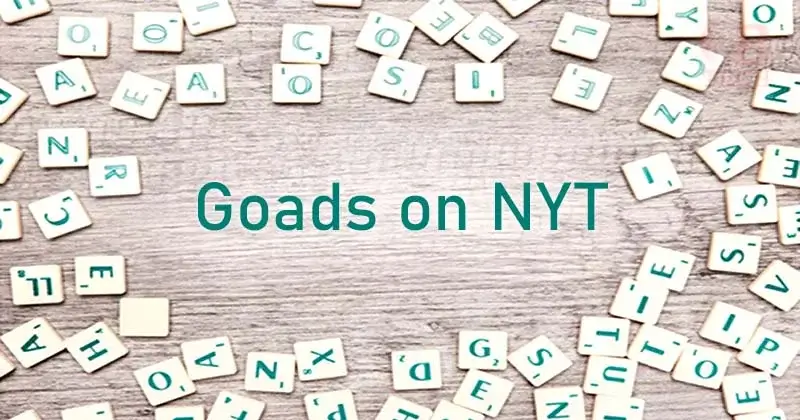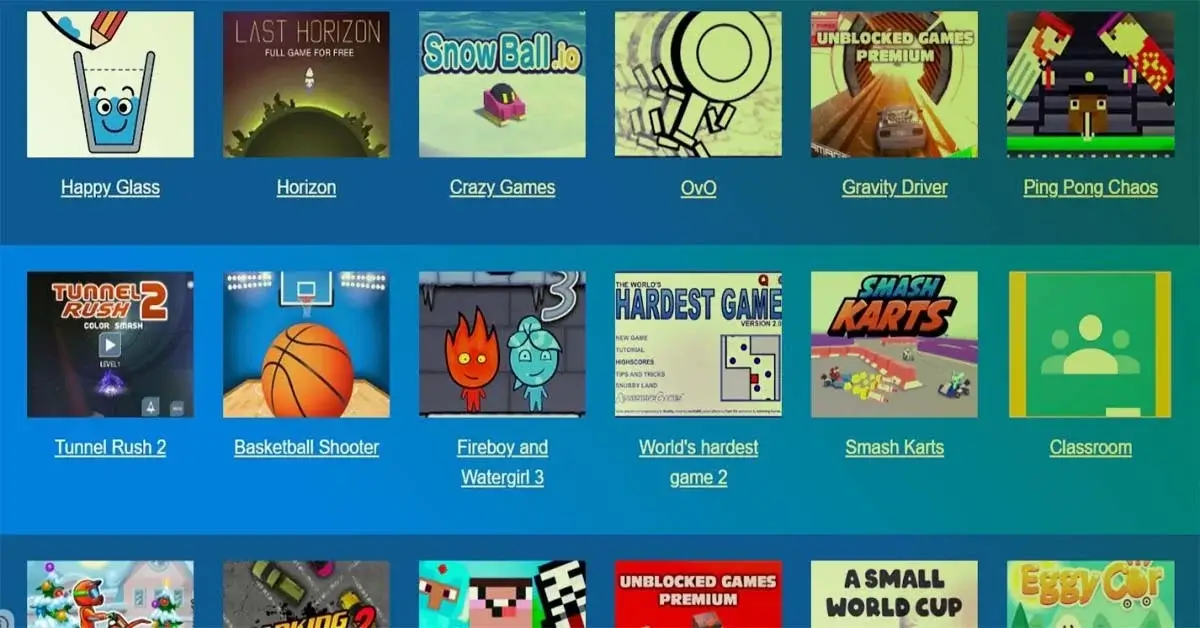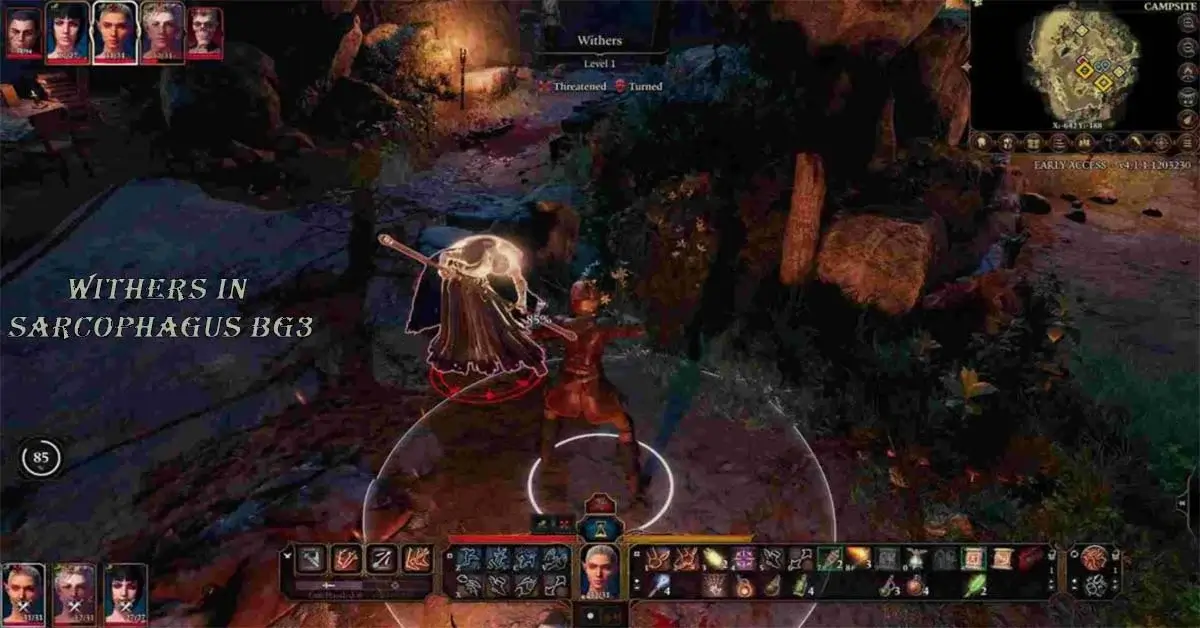If you’re a fan of the New York Times, you might have come across words like “goad” in some articles and wondered what they really mean. Well, in simple terms, goads are like verbal nudges that journalists use during interviews to get more details or guide the conversation in a specific direction. The New York Times strategically uses these prompts to draw out important information from sources and gain extra insights into complicated topics. Recognizing goads as a reader helps you better understand how interviews unfold and the context in which they happen.
Unlocking the Mystery of NYT Goads
Have you ever wondered about those brief comments at the end of New York Times articles? Well, they’re called Goads, and they serve as a platform for readers to quickly react to and discuss the content they just read. Launched in 2018, Goads aim to create a sense of community engagement and encourage meaningful digital conversations around Times journalism.
Finding Goads: A Quick Scroll to the Bottom
As a reader, checking out the Goads is easy. All you have to do is scroll to the bottom of the article. The Times curates a selection of the most insightful and representative Goads, showcasing them at the top. Readers can even vote on the Goads they find most valuable, helping the best comments rise to the forefront.
Adding Your Voice: The ‘Add a Goad’ Option
If you want to join the conversation, you can contribute your own Goad. Just click the “Add a Goad” link that appears at the conclusion of each article. You’ll be prompted to share a comment of up to 140 characters. Keep in mind that Goads should engage thoughtfully with and build upon the ideas presented in the article. Personal attacks, spam, and off-topic comments are a no-go.
Quality Control: The Times’ Review Process
To ensure a civil and relevant discourse, the Times reviews all Goads before publishing. Goads that don’t meet their community standards won’t appear on the site. The goal is to raise the level of online conversation and make Goads a meaningful venue for readers worldwide to connect and discuss the issues that shape our world.
Joining the Goads on NYT Program: Easy and Open to All
Participating in the Goads program is open to everyone. So, the next time you finish reading an insightful Times article, don’t hesitate to share your perspective. You might just spark an engaging digital dialogue and contribute to bringing clarity to the topics that matter most.
The First Crossword Puzzle
To truly grasp the allure of the New York Times crossword, let’s delve into its fascinating history. It all started back in 1913 when the New York World newspaper unleashed the world’s first crossword puzzle. This ingenious creation ignited a crossword craze, prompting the New York Times to introduce its own crossword in 1942.
A Pioneer’s Touch: Margaret Farrar’s Classic Style
Crafted by Margaret Farrar, the inaugural New York Times crossword set the standard for the classic style we know today. The grid, a symmetrical 15×15 masterpiece, boasted punny and literary clues designed to be conquered by educated, culturally literate solvers.
Evolution Unleashed: The Next Generation Crosswords
As crosswords captured the hearts of many, the NYT crossword underwent transformations. In the 1950s and 60s, Eugene T. Maleska took the reins, editing puzzles rich in references. The grid expanded to 17×17 in the late 60s, eventually reaching 19×19. This expansion allowed for more ambitious themes and the incorporation of colloquial language.
A Modern Twist: Will Shortz’s Editorial Reign
Since 1993, Will Shortz has been at the helm, steering the NYT crossword towards cleverness, whimsy, and inclusiveness. The Sunday puzzle, a sprawling 21×21 grid, showcases an array of vocabulary, popular culture references, and even visual elements. Midweek puzzles are strategically designed with a difficulty progression to engage both novice and expert solvers.
The Timeless Gold Standard: Solving the NYT Crossword
Today, the NYT crossword remains the gold standard, boasting a rich history, unwavering quality, and enduring appeal. Tackling one of these puzzles is a sheer joy for wordplay and vocabulary enthusiasts alike. With each puzzle, whether you’re a seasoned solver or just starting out, you’ll find yourself not only solving but also expanding your knowledge.
Cracking the Code: Tricky Goads on NYT Crosswords
In the realm of the New York Times crossword, expect clever misdirections known as “goads.” Vague clues intentionally mislead solvers. Take, for instance, “Sticky stuff” — it could be glue, gum, or tree sap. Similarly, “Bird feature” might be a beak, feather, or nest. Stay sharp, pay attention to the letter count, and consider less obvious possibilities.
Punctuation Puzzles: Tricks with Punctuation
Watch out for punctuation twists. Clue writers might leave out quotation marks, commas, or dashes to create confusion. For instance, “Chew noisily” leads to “chomp,” not “chew.” When tackling “Capital of Montana,” think city (Helena), not state. Keep an eye out for these punctuation tricks that can throw you off the scent.
Wordplay Wonderland: Plays on Words
The NYT crossword revels in wordplay like puns, anagrams, and reversals. Take “Stadium level,” which might mean tier. “Tennis great” could be Navratilova spelled backward, and “Oaters” clues in on Westerns. Dive beyond the literal to catch these playful clues that add an extra layer of challenge.
Preposition Predicaments: Misused Prepositions
Be cautious with prepositions like “to,” “for,” “with,” or “at” in clues. “Roosevelt with a violin” leads to “fiddle”; “Name for a dog” hints at “Fido”; and “Used for driving” points to “tee.” Scrutinize how prepositions are used, as they can be tricky in steering you towards the correct answers.
Mastering the Art: Anticipating and Practicing
By anticipating these common goads and tricks, you’ll become a pro at solving even the trickiest NYT crosswords. With a bit of practice, you’ll find yourself breezing through these puzzles in no time, armed with the knowledge to tackle each subtle challenge.
Cracking the Code: Strategies for Mastering Goad Clues in NYT Crosswords
When delving into the Sunday edition of The New York Times, tackling the challenging word puzzles known as “goads” requires a strategic approach. Begin by carefully analyzing the clues, keeping an eye out for various types of wordplay commonly found in goads.
Homophones Hunt: Deciphering Sound-Alikes
One prevalent type is homophones—words that sound alike but have different spellings and meanings. For instance, a clue with “write” might be steering you towards “right.” Train your ear to catch these subtle linguistic cues.
Anagram Adventures: Unscrambling Letters for Clarity
Goads often play with anagrams—scrambled letters forming a real word or phrase. Look for smaller words hidden within the larger ones. Unravel the jumble for that “aha” moment.
Double Meanings Dive: Navigating Two Interpretations
Explore clues with double meanings. They contain a word or phrase open to two interpretations—one straightforward and the other usually idiomatic. Embrace the ambiguity and consider both possibilities.
Connecting the Dots: Search for Semantic Connections
To unravel the goad’s mystery, seek semantic connections within the clue. Explore how words, phrases, or concepts might be related—synonyms, antonyms, categories, rhymes, and allusions. These connections serve as breadcrumbs guiding you to the solution.
Decoding Word by Word: Breakdown Method
Break down the clue word-by-word. Scrutinize each word individually for alternate meanings or ways it could operate within the clue. Sometimes, the key to unlocking the puzzle lies in a single word.
Trial and Error: Guess and Check Approach
Engage in a bit of trial and error. Once you’ve brainstormed potential solutions using the strategies above, take a leap and guess the solution. Check if it aligns with the clue. Some goads might have multiple correct answers, so don’t shy away from making educated guesses.
Arming Yourself with References: Use of Materials
Consult reference materials like dictionaries, thesauruses, and almanacs. These resources are valuable for deciphering goads, especially when dealing with word origins, obsolete terms, proper nouns, and more. The solution might be hiding in the pages of history or in the richness of language.
Becoming a Goad Guru: Regular Practice for Success
With consistent practice, these strategies will become second nature. Tackling goads, while initially challenging, transforms into an enjoyable mental exercise, leaving you with a sense of accomplishment. Stick with it, and over time, your success rate is bound to soar. Happy puzzling!
Looking Ahead: The Uncertain Destiny of Goads in NYT Crossword
The New York Times crossword has had its fair share of “goad” clues and answers, dating back to its early days. However, what lies ahead for goads in the NYT crossword is uncertain.
As crossword constructors strive for contemporary and inventive clues and answers, the future of goads appears to be at a crossroads. References to cattle prods and farming tools might seem a bit outdated to today’s solvers. While goads still find their place in trickier puzzles towards the end of the week, they are less frequent in early-week puzzles designed for more casual solvers.
Yet, for a certain group of solvers, goads hold a timeless allure. They evoke a sense of nostalgia, harking back to the puzzle’s origins and a slice of Americana. For these enthusiasts, goads present a delightful challenge, demanding an ability to decipher meaning from cryptic or punny clues.
Goads also embody niche knowledge that dedicated solvers accumulate over years of crossword-solving experience. Grasping the nuances of goads showcases a solver’s expansive vocabulary, familiarity with crossword conventions, and the ability to deduce meaning from limited information. This unique expertise suggests that goads are likely to persist, finding a home in late-week and specialty puzzles designed to challenge the most devoted solvers.
While the future of goads on NYT crossword remains uncertain, they are expected to linger for the foreseeable future. However, their prominence and placement within the week may shift, catering more to the ardent solvers who relish their trickery and nostalgic quality. For those seeking a more relaxed solving experience, goads might take a backseat to entries that resonate with contemporary tastes. Striking a balance between new and niche knowledge remains crucial, ensuring the crossword appeals to a diverse range of solvers. Goads stand as one unique element contributing to this equilibrium.
FAQs
1. What are Goads in the New York Times?
Goads in the New York Times are verbal nudges used by journalists during interviews to elicit more details or guide conversations. In the context of the NYT crossword, they also refer to a section where readers can react and discuss articles.
2. How do I find Goads in the NYT articles?
To find Goads on NYT articles, simply scroll to the bottom of the page. The Times curates insightful and representative Goads at the top, allowing readers to engage with and vote on the most valuable comments.
3. Can I contribute my own Goad?
Yes, you can contribute your own Goad by selecting the ‘Add a Goad’ option at the end of an article. Share a comment of up to 140 characters, engaging thoughtfully with the ideas presented in the article.
A Gateway to Mental Stimulation and Enjoyment
To sum it up, the New York Times Goad section serves up an engaging assortment of games, puzzles, and brain teasers that are tailor-made to test your wits and broaden your thinking horizons. Whether you’re drawn to the strategic allure of sudoku, the linguistic twists of crosswords, or the visual-spatial challenges of kakuro, the NYT Goad section promises something to suit every taste.
Regularly tackling these mental challenges isn’t just about having fun; it’s a savvy move to keep your cognitive abilities in top form, especially as the years go by. Beyond that, these puzzles offer a welcome break from stress and boredom, providing a delightful way to spend your downtime.
Related Article: Four Digits To Memorize NYT



